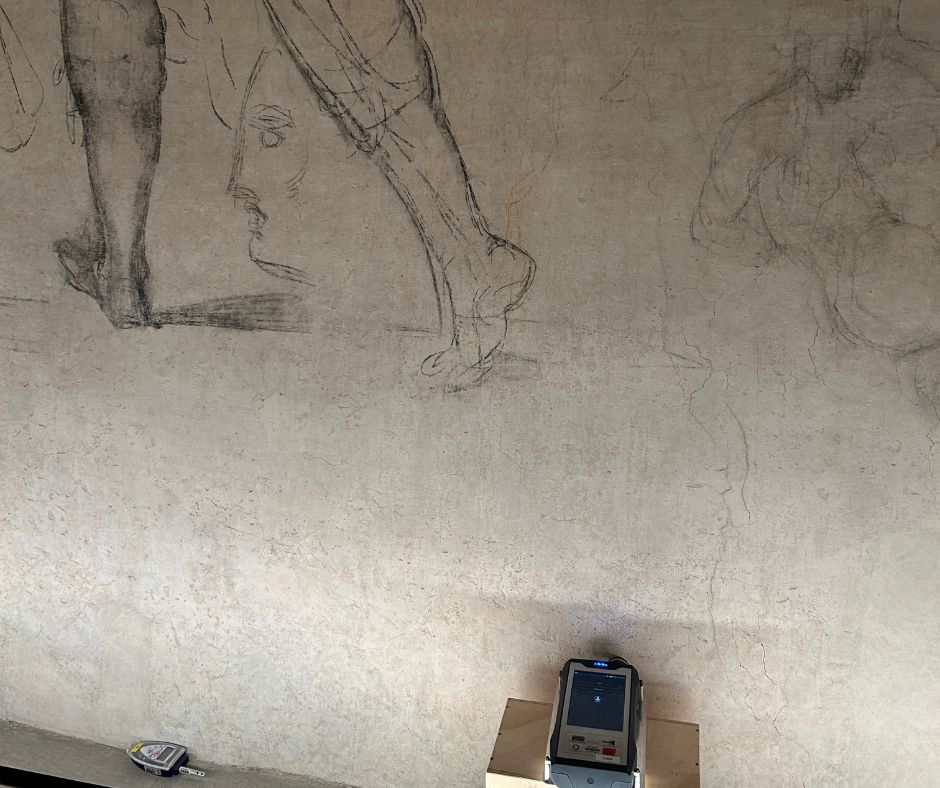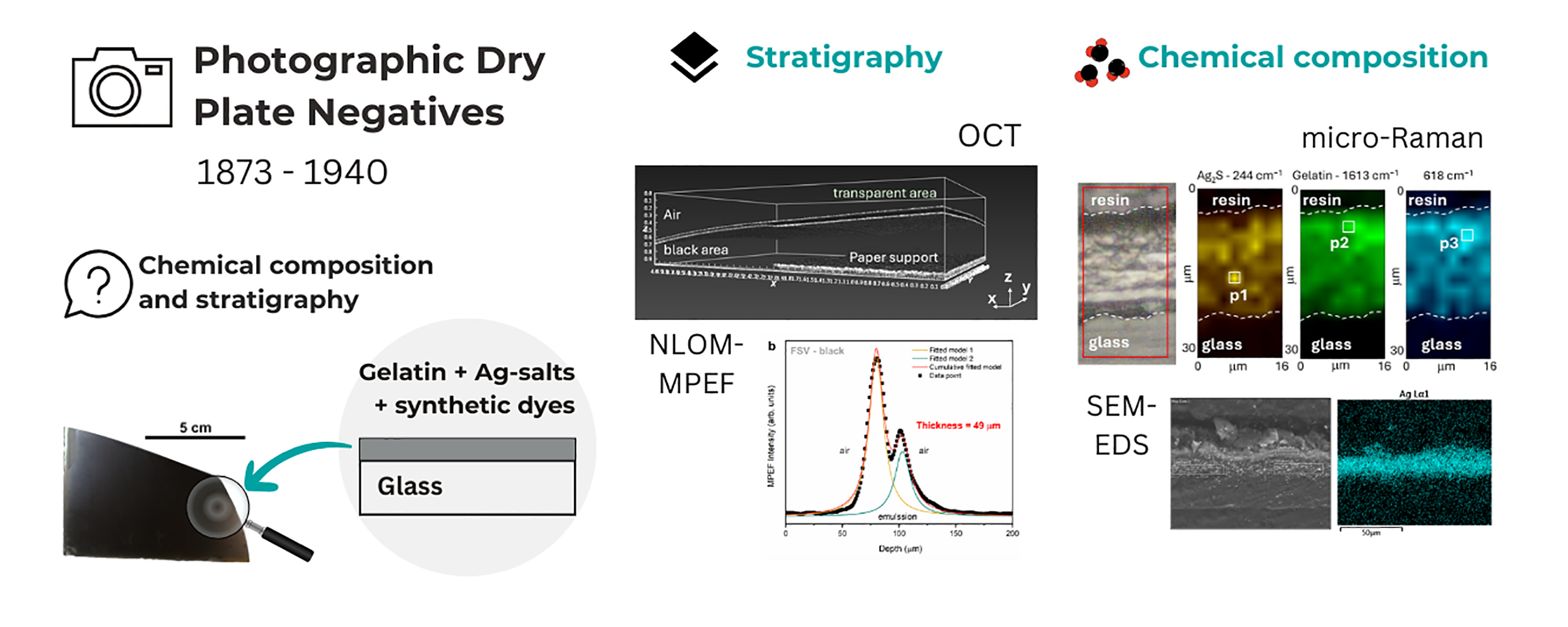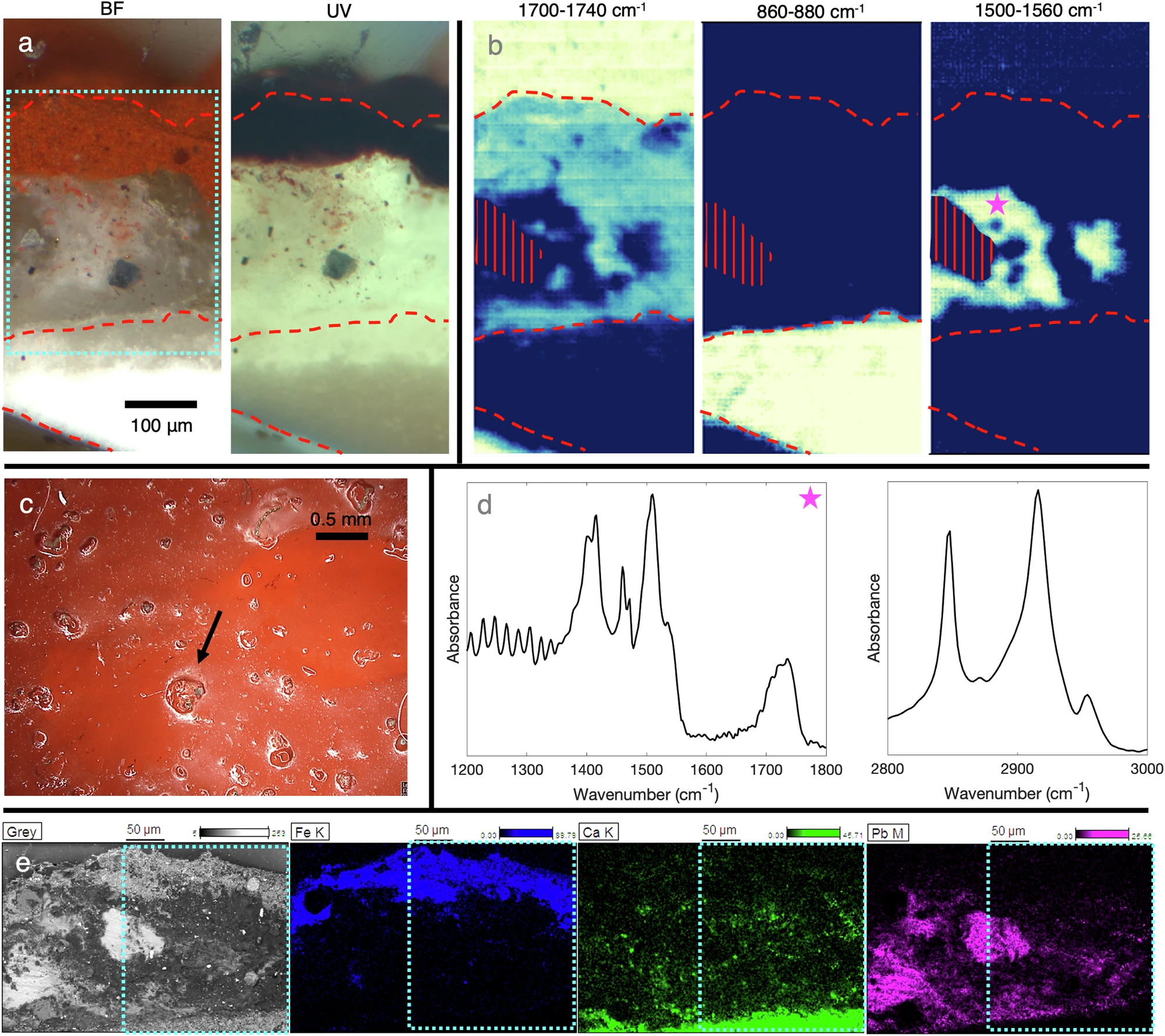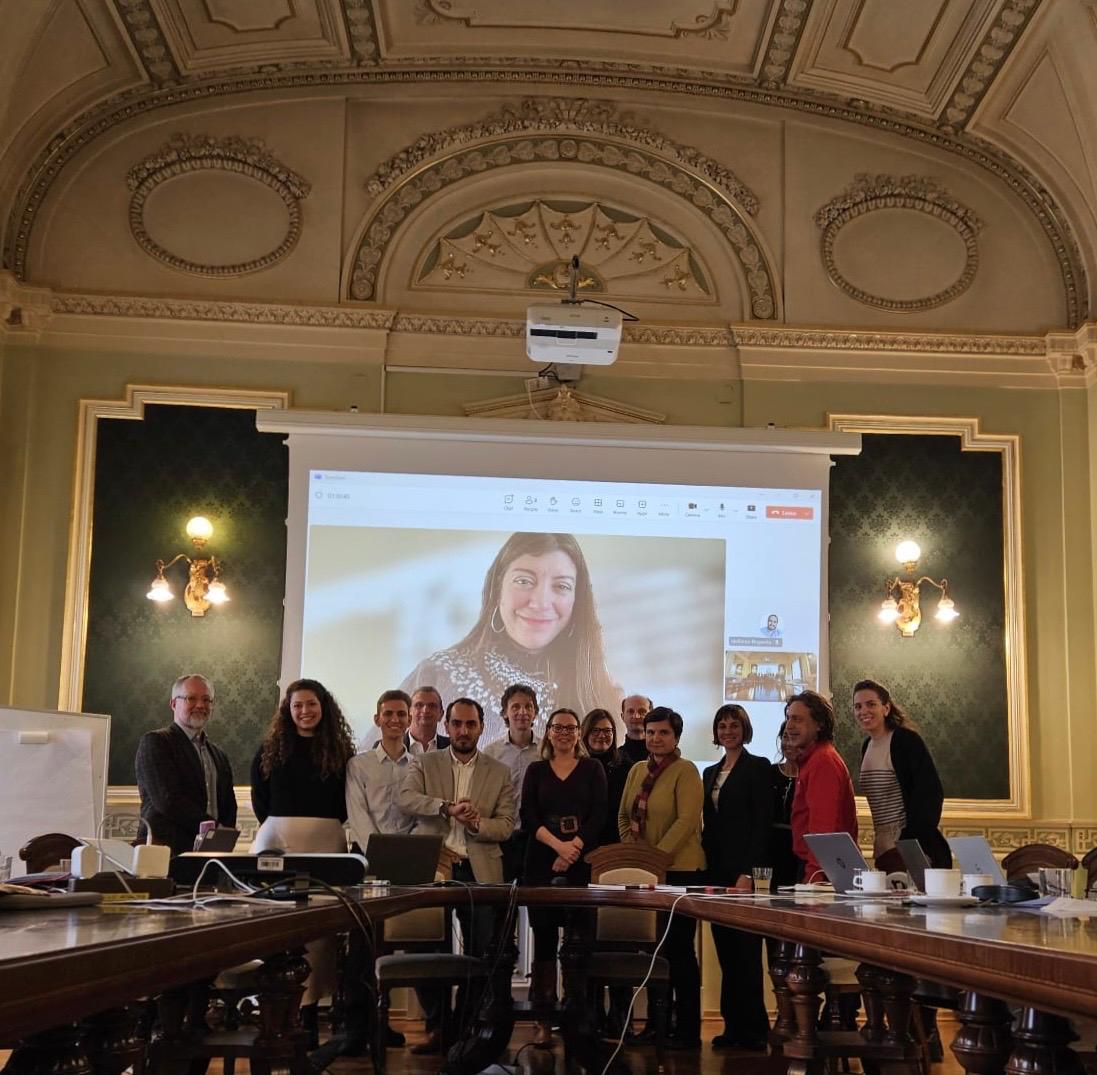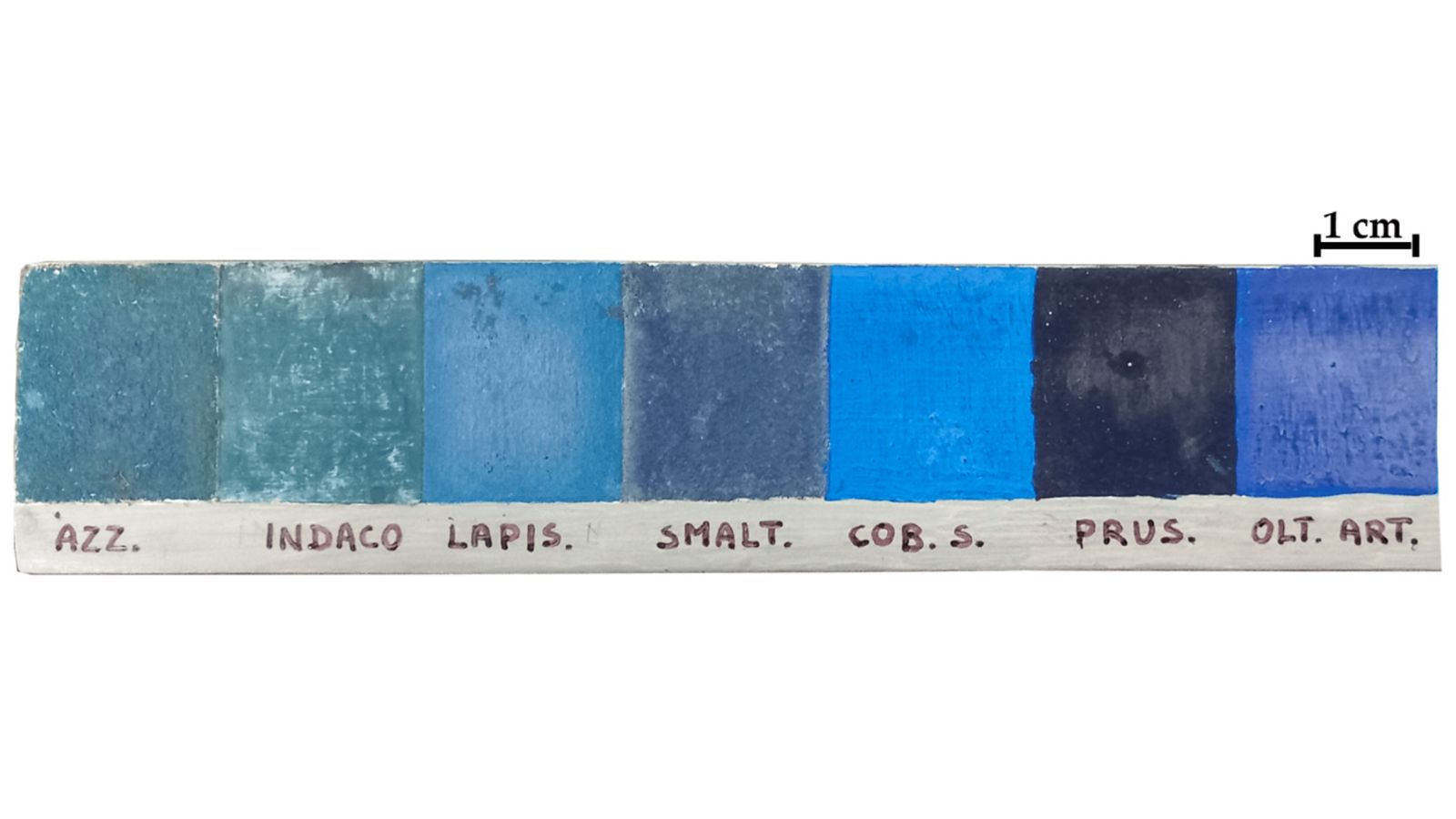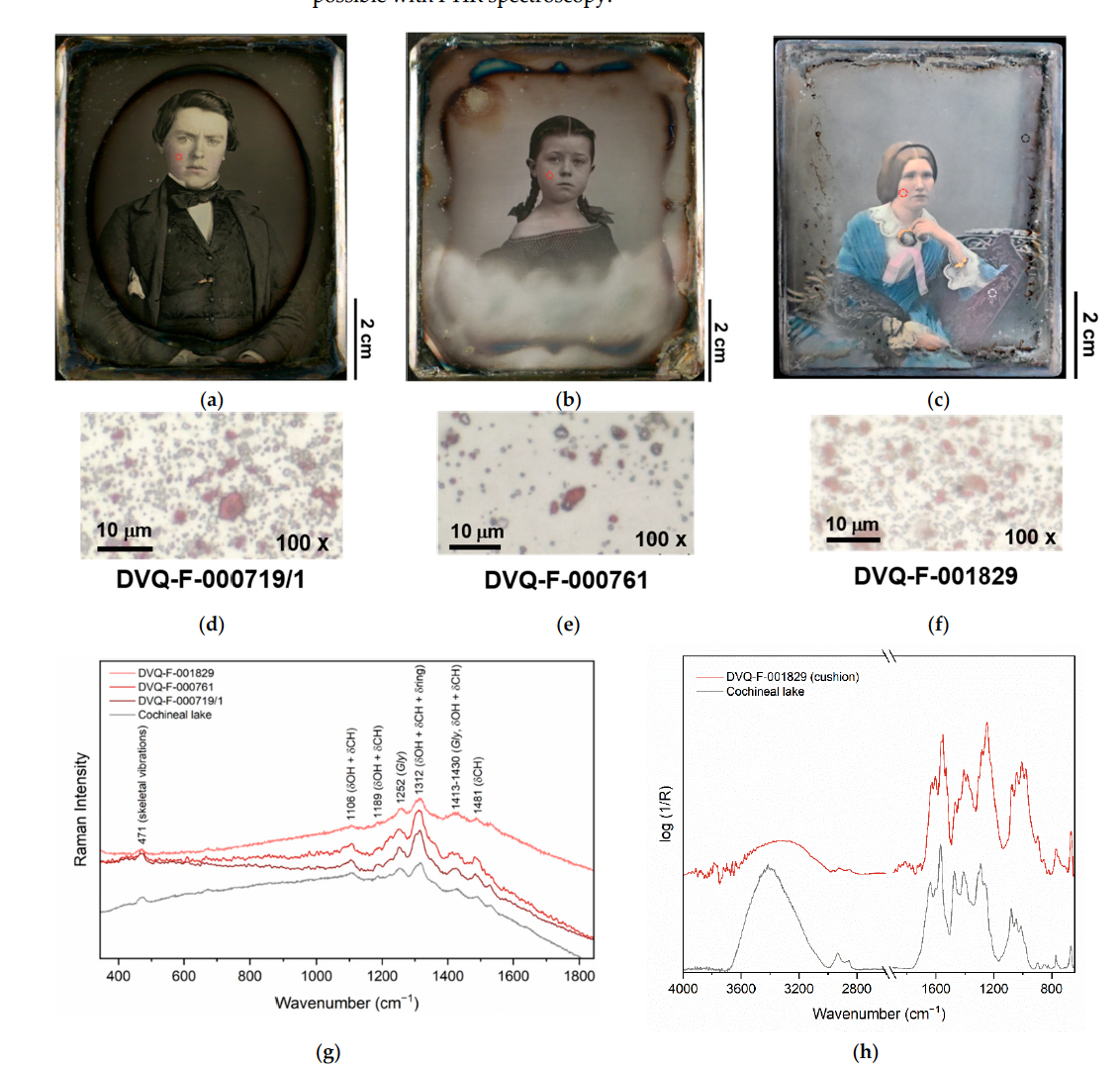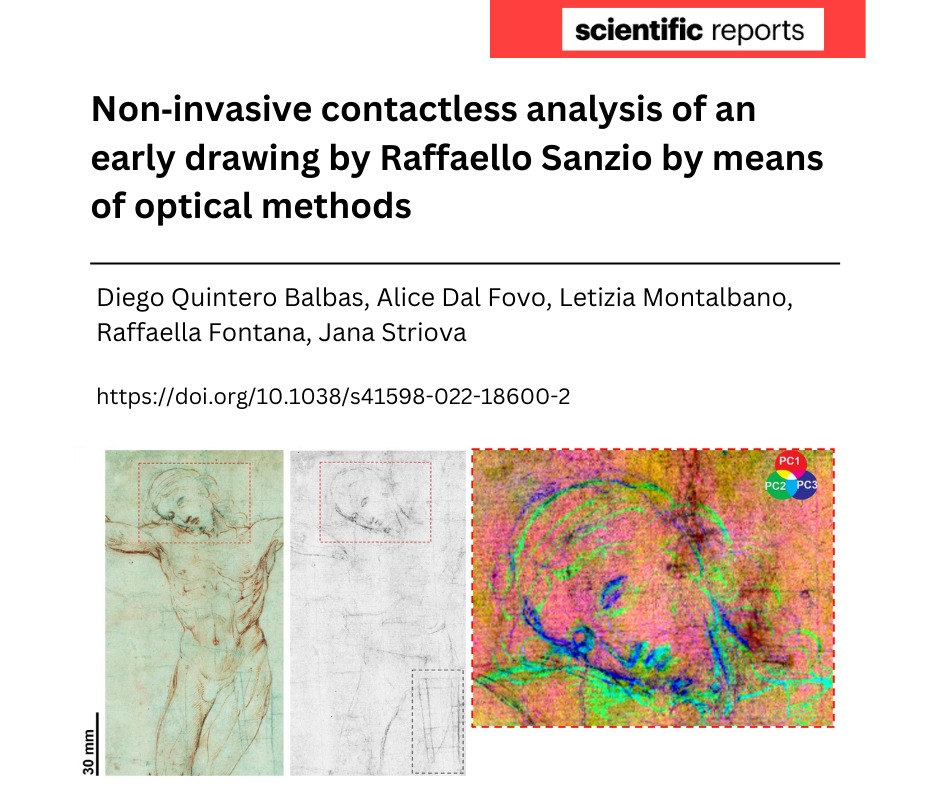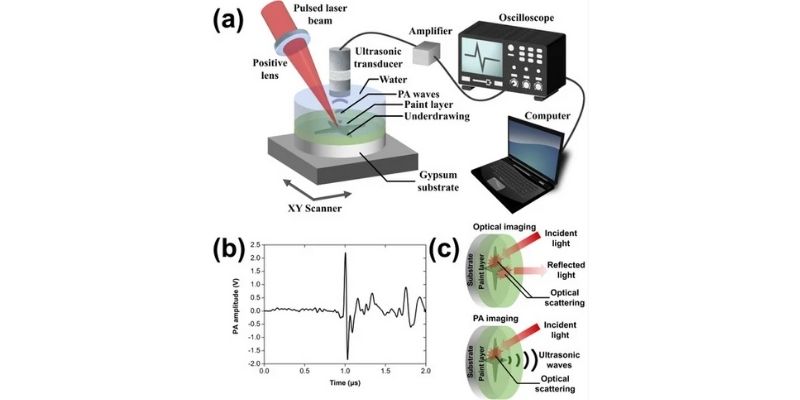Published on Science of the Total Environment, May 2025 | DOI: 10.1016/j.scitotenv.2025.179494 Michelangelo’s “secret room” beneath the Medici Chapel in Florence has always fascinated visitors and scholars with its stunning charcoal sketches. But recently, something unexpected has caught researchers’ attention: a curious pink discoloration creeping across the lower parts of its walls.Was this a pigment? […]
Read More